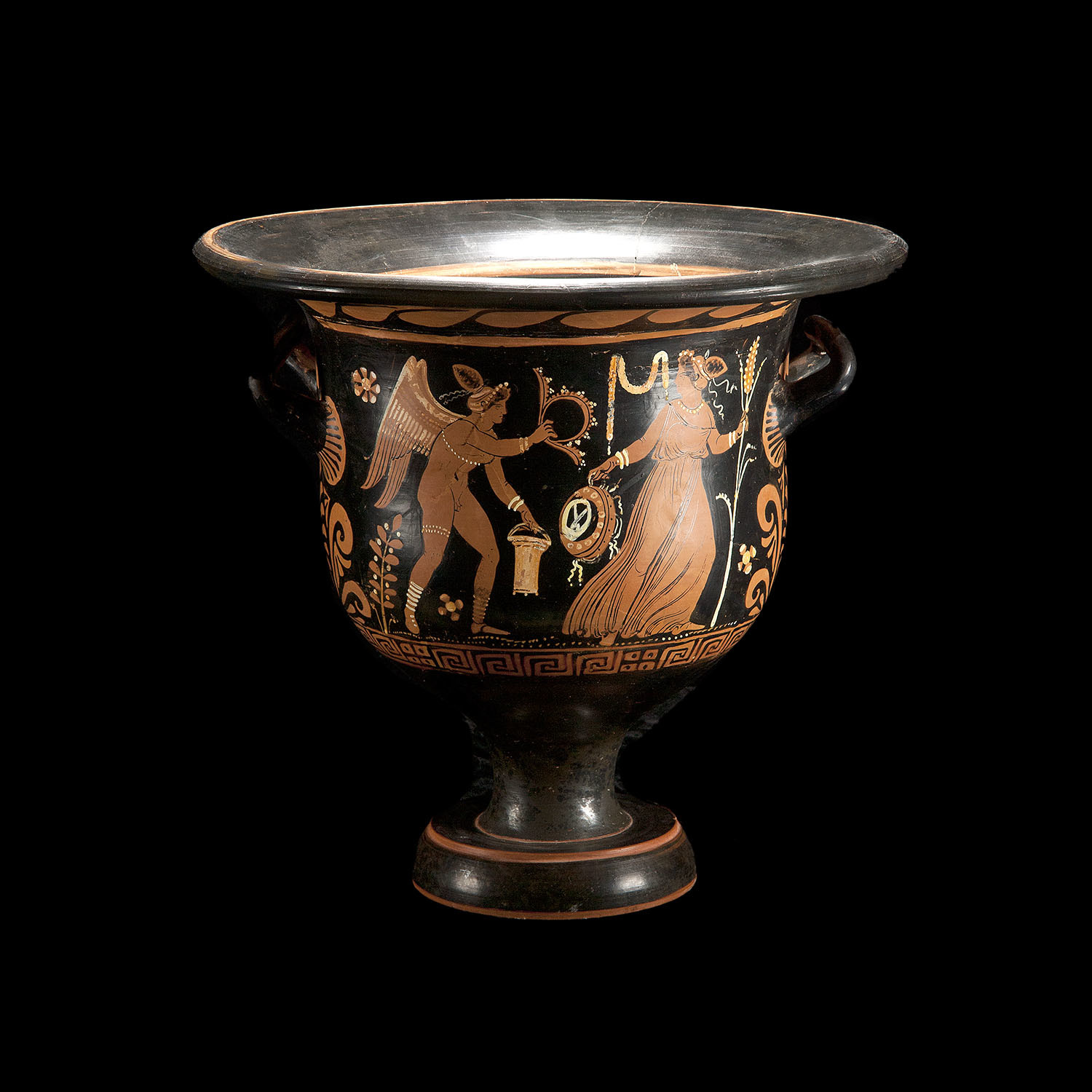When the baptized person grow, he can deny the baptism or accept it, he can keep it or reject it.
Yes, and that decision is due to having moral free will. Acceptance = saving faith, and rejection = disbelief.
Thus, water baptism is not salvific, but rather the faith it should signify--and which it does not signify until
the baby attains the age of God-consciousness and moral accountability, which is why Baptists began as anabaptists back in the 1500s after they rejected Roman Catholicism, which Orthodoxy did not reject regarding infant baptism.
After Trajan, the RE declined as non-Christian (pagan or heathen) Germanic tribes (Goths, Franks, Alemanni, Saxons, Thuringians, etc.) gained strength.
Germanic and Norse religion was polytheistic, with Odin as chief god. Its earliest extant source document is the
Eddas (probably composed about 850). During the reign of Diocletian, the RE was divided east and west in 285, until it was reunited by
Constantine in 308, who
ended the persecution of Christians with an edict in 313. He moved the capitol to Constantinople in 331. During his reign a council in Nicaea in 325 adopted the Nicene Creed.
Following the Second Ecumenical Council in Constantinople in 381, the Nicene Creed was further supplemented with the following:
"And [we believe] in the Holy Spirit, the Lord, the Giver of Life, Who proceeds from the Father;
who with the Father and the Son together is worshipped and glorified; who spoke by the prophets.
In one Holy, Catholic, and Apostolic Church. I acknowledge one baptism for the remission of sins.
I look for the resurrection of the dead, and the life of the world to come. Amen."
In 386,
Augustine decided to convert to Catholic Christianity, returning from Milan to Carthage before settling in Hippo and writing prolifically until his death in 430 what became the dominant
RC theology. Especially significant were his doctrines regarding original sin, predestination, infant baptism and papal supremacy. RC theology was dominant in Christendom through the Middle Ages until the Protestant Reformation. The Christological controversy continued with
Nestorius opposed to calling Mary the “mother of God” because it denied Jesus’ humanity, prompting
Cyril of Alexandria to convene the Council of Ephesus in 431.
After the death of Theodosius I in 395, the
RE was redivided permanently, and the western part weakened as Rome was sacked by Visigoths from Dacia (Romania) in 410 (before they established a kingdom in Gaul and Spain in 419), then in 455 by Vandals from the Baltic area (who had migrated across Europe to Spain and then across the straits of Gibraltar and eastward along the African coast as far as Sicily by 429).
These
migrations may have been motivated by the Huns, who migrated from Mongolia across the Volga in 372, defeating the Ostrogoths in the Ukraine and travelling as far as Gaul before attacking Italy in 452. Their religion may have been
Tengriism, about which little is known until the time of the Mongols, but it revered the god of the sky or heaven.
The Roman part of the empire ended in 476, when Italy was captured by Germans led by Odoacer.
In 715,
the Muslim Empire extended from the Pyrenees to China, and in 717 tax exemption was granted to all believers. However, Charles Martel of France decisively defeated them in 732, which halted the Islamic advance from the direction of Spain. At this time
Boniface was working to eliminate heathenism northeast of the Rhine River, and the BE was threatened by Bulgarians. In 750, the Abbasids won the Muslim Caliphate and defeated China in the Battle of Samarkind in 751, where the Arabs learned how to make paper.
Pepin of France made Lombardy a vassal state and granted land (the Papal State) to the popes. In 763, the Caliphate capitol was moved to Baghdad, where Indian numerals became used.
In 771,
Charlemagne inherited the Frankish kingdom and annexed Saxony, Lombardy and Bavaria before being crowned Holy Roman Emperor (HRE, also “Empire”) in 800, when Pope Leo III separated RC from the BE (again, see 484). By 1000, RC had reached Greenland, and Judaism (see this Summary before Christ) was strongest in Spain. The Mayan civilization was at its height, and China invented gunpowder. The Danes (see 826) deposed the English king in 1013, and they conquered Norway in 1028. The Caliphate in Cordoba was abolished in 1031, and the Seljuk Turks gained strength in Turkestan in 1042.
In 1054, the schism between RC and what became Eastern Orthodoxy, due mainly to its rejection of the primacy of the Pope,
became permanent (“Great”).
[Excerpts from our website lessons on the History of Beliefs: <truthseekersfellowship.com>




